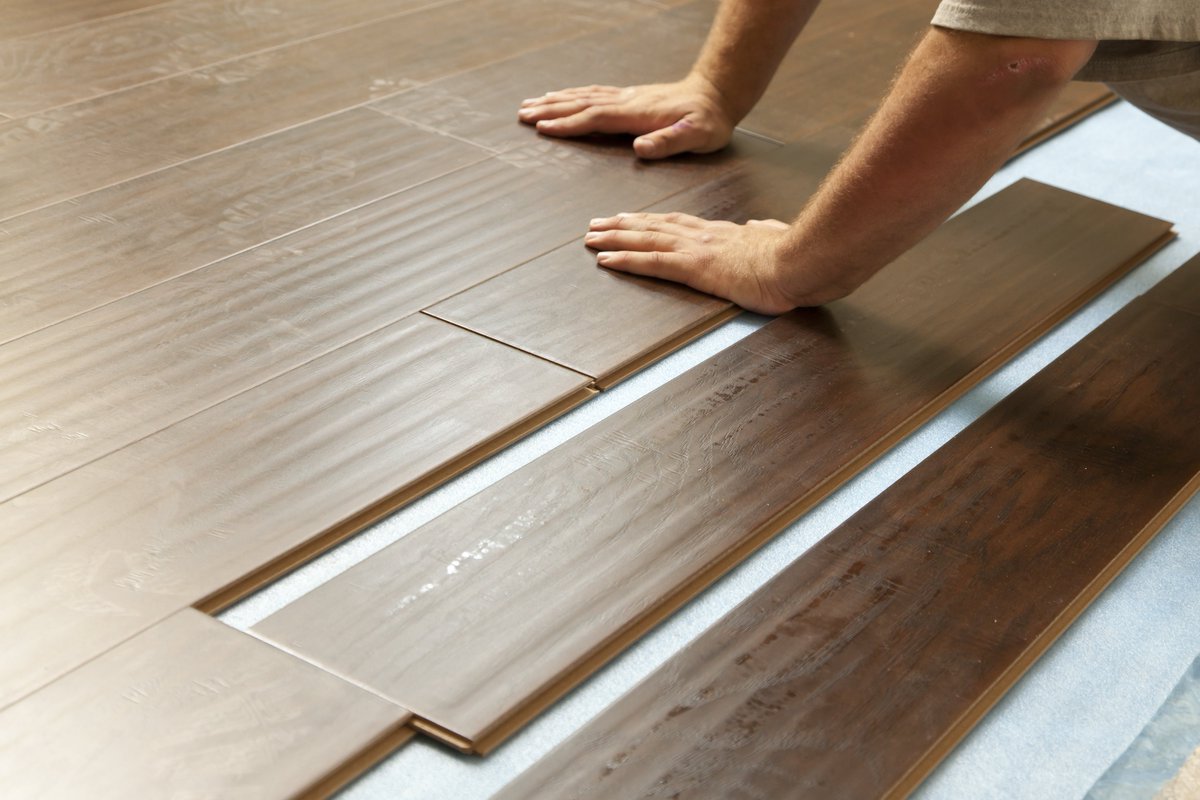Are you considering refinishing your timber floors in Melbourne? Floor sanding is a crucial step in restoring the beauty of your wooden floors, but it requires precision and care to achieve optimal results. Unfortunately, many DIY enthusiasts and even some professionals make common mistakes that can lead to unsatisfactory outcomes. To help you avoid these pitfalls, we’ve consulted leading experts in timber floor sanding Melbourne. In this comprehensive guide, we’ll highlight the most common floor sanding mistakes and provide expert advice on how to sidestep them.
What are the Key Steps in Timber Floor Sanding?
Before delving into the common mistakes, let’s first outline the essential steps involved in timber floor sanding. Understanding these basics will provide context for the potential errors discussed later.
Timber floor sanding typically involves the following steps:
- Preparation: This includes removing furniture, carpets, and any obstacles from the area to be sanded. It’s crucial to ensure the floor is clean and free of debris before starting the sanding process.
- Sanding: Using a floor sander, the top layer of the timber floor is gradually removed to reveal a smooth surface. This step requires precision and multiple passes with increasingly finer sandpaper grits.
- Filling Gaps: Small gaps or cracks in the floorboards are filled with an appropriate filler material to create a seamless surface.
- Finishing: Once the sanding is complete, the floor is ready for finishing coats such as varnish or sealant to protect and enhance its appearance.
Now that we’ve outlined the key steps, let’s explore the common mistakes to avoid during the floor sanding process.
What Mistakes Should You Avoid When Sanding Timber Floors?
1. Neglecting Proper Preparation
Proper preparation is essential for a successful floor sanding project. Skipping this step or not thoroughly cleaning the floor can result in poor sanding outcomes. Dust, dirt, or debris left on the surface can clog the sandpaper and leave unsightly marks on the floor. Additionally, failing to remove furniture or other obstacles can hinder the sanding process and lead to uneven results.
2. Using Incorrect Sandpaper Grits
Using the wrong sandpaper grits can be a costly mistake. Starting with too coarse a grit can remove too much wood, while starting with too fine a grit may not effectively remove imperfections. It’s essential to follow a progression of grits, starting with a coarse grit to remove old finishes and imperfections, then gradually using finer grits for a smooth finish.
3. Overlooking Floor Imperfections
Ignoring imperfections in the timber floor can compromise the final result. Whether it’s scratches, dents, or uneven areas, failing to address these issues before sanding can lead to noticeable flaws in the finished product. It’s crucial to inspect the floor carefully and make any necessary repairs or adjustments before proceeding with sanding.
4. Skipping Test Patches
Skipping test patches can lead to unexpected outcomes. Different timber species and floor conditions may react differently to sanding and finishing products. It’s advisable to perform test patches in inconspicuous areas to assess how the wood will respond to sanding and finishing. This allows adjustments to be made before tackling the entire floor.
5. Rushing the Sanding Process
Patience is key when sanding timber floors. Rushing through the sanding process can result in uneven surfaces, missed spots, or over-sanded areas. It’s essential to take your time and work systematically, ensuring each section of the floor receives equal attention. Multiple passes with the sander at different angles may be necessary to achieve a smooth and uniform finish.
6. Neglecting Dust Control Measures
Failing to implement adequate dust control measures can create a messy and hazardous work environment. Dust generated during sanding not only poses health risks but can also settle back onto the floor, creating imperfections in the finish. Using a dust containment system, wearing protective gear, and regularly cleaning the work area are essential precautions to minimize dust exposure and achieve a cleaner finish.
Frequently Asked Questions
Q: How long does timber floor sanding in Melbourne typically take?
A: The duration of a timber floor sanding project can vary depending on factors such as the size of the area, the condition of the floor, and the chosen finishing options. On average, a standard-sized room can take anywhere from one to three days to sand and refinish.
Q: Can I sand my timber floors myself, or should I hire a professional?
A: While DIY floor sanding is possible, it requires skill, patience, and the right equipment to achieve professional results. Hiring a professional timber floor sanding service in Melbourne ensures quality workmanship and can save you time and effort in the long run.
Q: How often should timber floors be sanded and refinished?
A: The frequency of sanding and refinishing depends on factors such as foot traffic, wear and tear, and the type of finish used. As a general rule of thumb, timber floors should be sanded and refinished every 7-10 years to maintain their appearance and durability.
Conclusion
Avoiding common floor sanding mistakes is essential to achieving professional results and preserving the beauty of your timber floors. By taking the time to properly prepare, using the correct sandpaper grits, addressing floor imperfections, and implementing dust control measures, you can ensure a successful sanding project. Whether you choose to tackle the task yourself or enlist the help of Melbourne experts, following these tips will help you achieve stunning results that enhance the aesthetic appeal and longevity of your timber floors.





